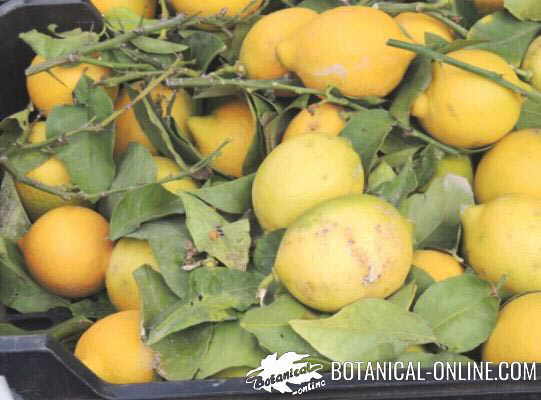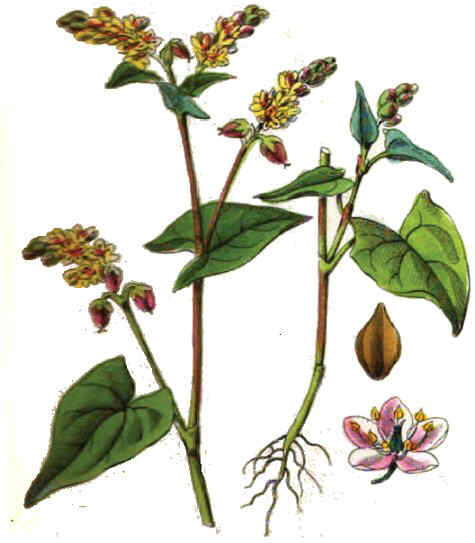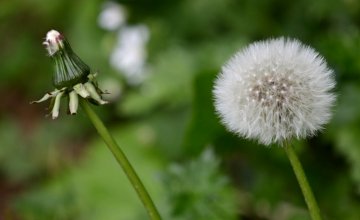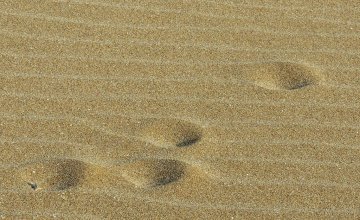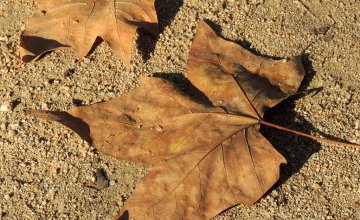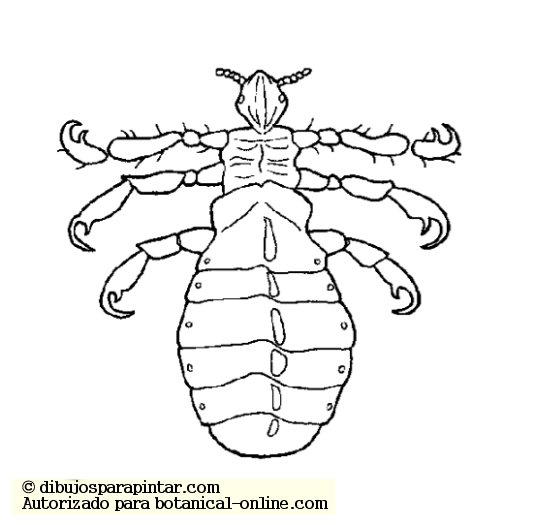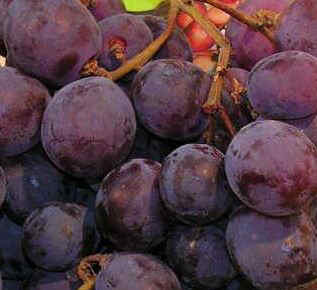Contents
How to grow celery
CELERY CULTIVATION TIPS
Climate and soil type celery requires
– Temperate or cold climates. Celery prefers warmer climates during the first phase of growth, and then colder temperatures.
– Resistant to frost.
– Celery requires fertile land, fertilized with organic ferilizer at least 2-3 months before planting. It tolerates saline soils.
– They grow in full sun or semi-shade.
– Soil type: deep soils, fertile, sandy loam or clay.
– The soil must be able to retain water and be wet, preferably.
– Edaphical reaction: soil pH between 6.5 and 7.5. It does not tolerate soil acidity.
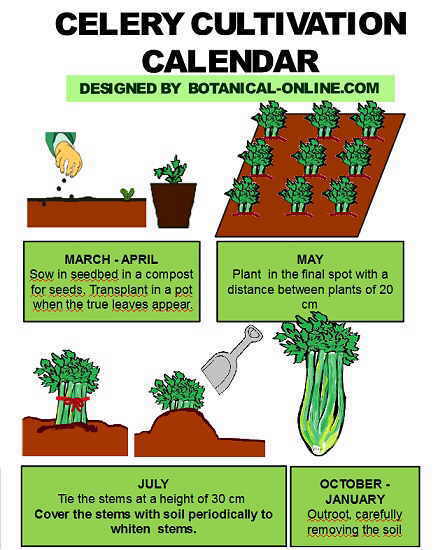
Image of celery cultivation calendar
1) Site preparation and fertilization (February – March)
- Preparing the soil. Celery is rich in essential oils, so it needs a soil rich in nutrients to grow and thrive.
- Mark the place where the plantation will be. The minimum distance between plants should be 20 cm.
- Remove the soil well and mix it with manure.
2) Seed germination (March – April)
- It should germinate in a bed with manure.
- To avoid septoria (fungal disease of seeds), it is advisable to soak the seeds in water for 30 minutes and then immerse in 8 cc of commercial formalin dissolved in one liter of water (follow package directions), for less than 15 minutes.
- Spread seeds uncovered (they need a certain brightness), and maintain at an average temperature of 14 ° C. Germination occurs in 15 to 20 days. If the temperature is between 15 and 20 ° C, germination occurs in 10 days.
- Transplant seedlings carefully when they have the first 2 true leaves.
3) Planting in the final spot (May – June)
- Plant the seedlings in the final spot, previously removed and fertilized.
- Keep a distance of 22 cm between plants at minimum.
- Irrigation is very important during this stage so that the plant can develop their long leaves and stems. Always keep the soil moist.
4) Tending
- When plants are about 30 cm go cut off the side branches so that they can develop long stems.
- Tie the stems loosely by its top, at the base of the leaves. Thus, we have a natural umbrella of leaves that prevent the passage of light through the stems and promote its whitening. We also avoid mud, soil or water enter inside the stems.
- Plants must be periodically earthed up to cover the stems and blanch them in. Care should be taken not to get soil inside the stems.
- There are varieties that are bleached themselves without ridging.
- The plant is very sensitive to boron deficiency (cracked, brownish stems) and magnesium (yellow spots on the leaves).
Harvesting celery
– It can be done from October to January, sometimes until February.
– uproot the plants carefully, so that their roots or stems are not damaged. Plants can be very rooted in the soil.
Celery flowering
Celery blooms from June to August of the second year of cultivation. Its flowers are characteristic of Umbelliferae plants, in the form of umbel.
Celery diseases and pests
- Septoria: A fungal disease (Septoria apii) affecting seeds. Disinfection treatment is necesary before planting.
- Aphids (Cavariella aegopodi) must be treated with insecticide if it appears.
- Late blight: caused by fungi of the genus Septoria spp. It produces in the leaves and stems large spots (up to 1.5 cm.). These are yellow, and become stained with gray over time. It is an infection of the seeds or latent in the soil from previous crops. It appears with the spring rains. There are varieties with increased resistance to this disease.
- Celery fly: larvae burrow in the leaves, damage foliage and leave brownish blisters. Remove damaged leaves and treat the plants with antiparasitic products.
- Slugs: they can attack plants and carry diseases like mildew. They mainly attack young plants. To protect the crop, sawdust barriers around plants can be done.
![]() More information about celery properties, contraindications…
More information about celery properties, contraindications…


